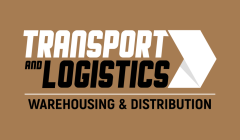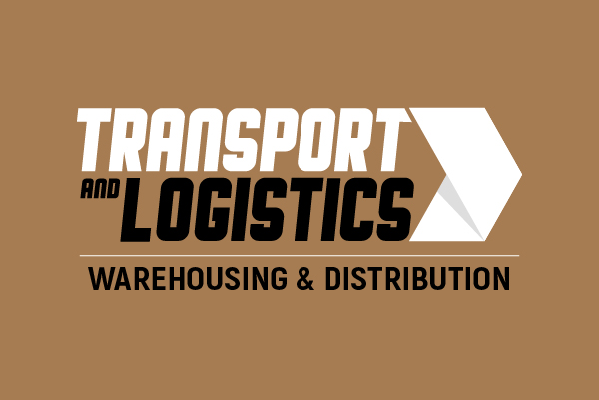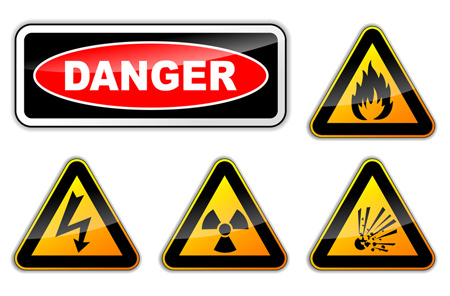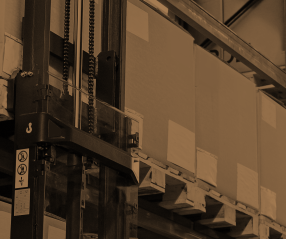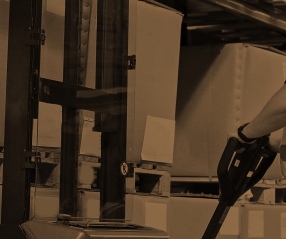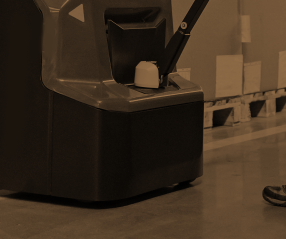The Provision and Use of Work Equipment Regulations (PUWER) came into force in 1998 and requires that “all work equipment be maintained in an efficient state, in efficient order and in good repair; where any machinery has a maintenance log, the log is kept up to date; and that maintenance operations on work equipment can be carried out safely.”
With this in mind, it’s up to you (if you’re self-employed) or the company who hires you to regularly check machinery to check for efficiencies. When you’re looking into risk you’ll need to take manufacturers guidelines into account, as well as how much the machinery is being used, the environment it is in and the knowledge of the people who are operating the equipment and materials.
If wear and tear is affecting the efficiency of the machinery, make sure that the parts that aren’t performing well are up to scratch. For example, if equipment is being moved around a lot, check that the right casters are attached for easy manoeuvring. If you aren’t sure, take a look at a site like Tente UK, which details what castor types are needed for which equipment. It’s really important that machinery can be moved with ease to keep warehouse floors in good condition and to prevent injuries.
Maintenance can be routine and used as a preventative in the workplace, and you’re less likely to see injuries and breakages if you run routine checks. Maintenance can also be classed as corrective which is needed when things do go wrong, and can be easily prevented with plenty of routine maintenance. Regular maintenance will keep premises, equipment, machinery and the working environment a safe place for employees to work by eliminating hazards.
Finally, as numerous injuries can occur simply from employees improperly handling or storing materials, so they should be made aware that accidents could result not only from improper practices but also inappropriate handling. Employers also need to regularly risk assess workplaces, machinery and materials to look for risks associated with the conditions, practices, or equipment and then take the corrective precautions that are needed.
A risk assessment should be carried out every time a new piece of machinery is introduced, as well as when new procedures are put in place to ensure you are aware of every potential danger these pose.
In theory, if the knowledge of maintenance and use of equipment is filtered throughout the company, the working environment will become a safer place. To see a full list of the measure you should be taking to ensure that maintenance is being carried out properly, visit the HSE government website, here.
